The ecological, climatic, historical and cultural factors of the Mediterranean that are affecting the Croatian Adriatic, its coast, islands and a part of its hinterland largely influenced the spreading of the Mediterranean diet concept of this area. This type of diet is reflected in the social, spiritual and material sphere of daily life as well as in customs related to the life cycle and annual cycle in both Croatia and other Mediterranean countries.
The Mediterranean diet is the cornerstone of identity of people living in that area, it is the heritage of different cultures and a product of different influences continuously passed down from generation to generation. It is also unique for influencing the formation of the cultural identity that is typical for the Croatian Adriatic, its coast, islands and a part of its hinterland, which is mostly visible in the customs and rituals, as well as language and speech (and nomenclature).
The important characteristic of the Mediterranean diet is the connection to nature and natural food sources. Fishery and agriculture as its basis are an important starting point of further development of this geographical area in the direction of preservation of the natural heritage and strengthening of the economy. Versatile knowledge and skills related to the dietary habits on the Croatian Adriatic need to be preserved and transferred to the new generations so the they would not be lost under the influence of the modern way of living. Food is an important segment of many feasts and events, and lately it has become an important part of the tourist offer the quality of which needs to be wisely developed for its long-term effect on the geographic area in question.
The Mediterranean diet concept is a basis of an overall culinary system of the coast, islands and a part of the hinterland. The connection between the natural resources and human needs and skills, is reflected in the diet of the local population: the life in harmony with the nature and its wealth. The diet varies from place to place and between social strata and it can be divided into the following groups: the one in which the consumption of seafood prevails (except in the hinterland), the peasant diet or a combination of these two, mostly present on islands.
Except for the connection between the nature and diet, it is important to mention the social component, which in the past reflected itself most intensively in the way of living of the local people, and which is still very important.
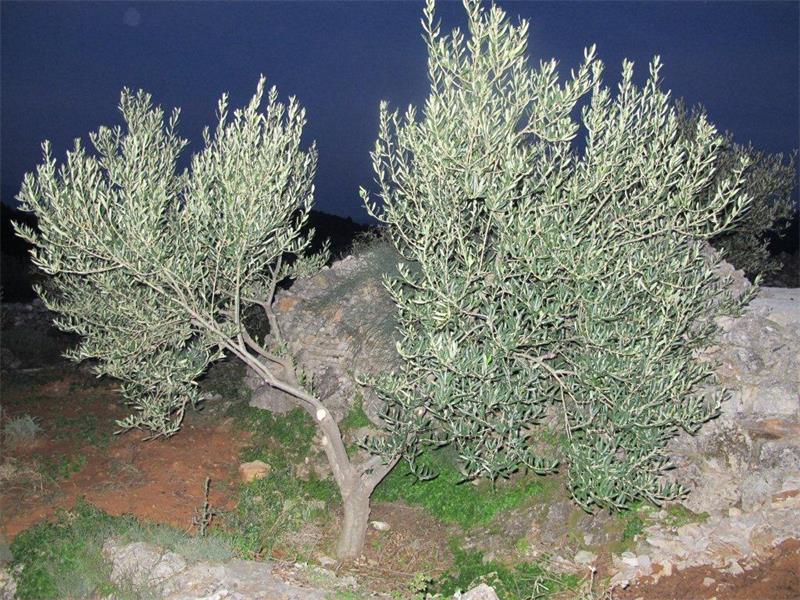
Olive Tree, Island of Hvar 2011. Melanija Belaj/Marina Blagaić
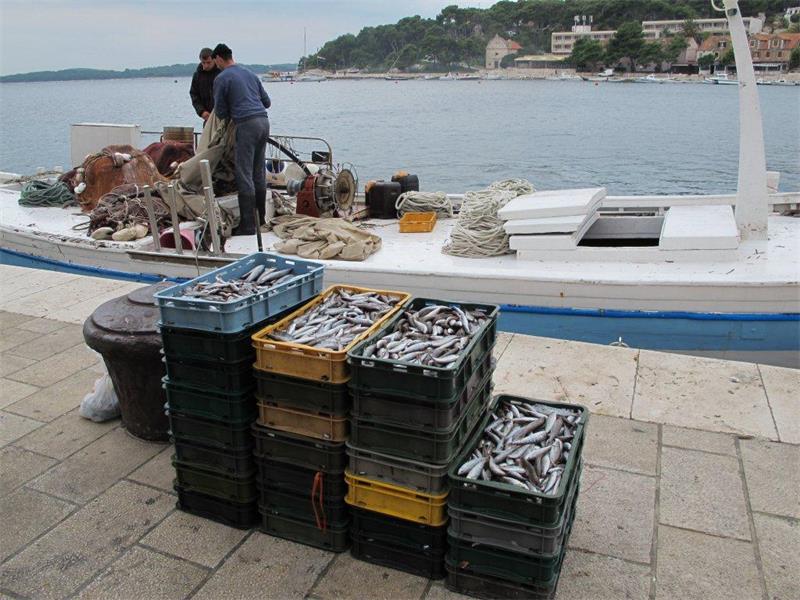 After fishing, Island of Hvar 2011. Melanija Belaj/Marina Blagaić
After fishing, Island of Hvar 2011. Melanija Belaj/Marina Blagaić
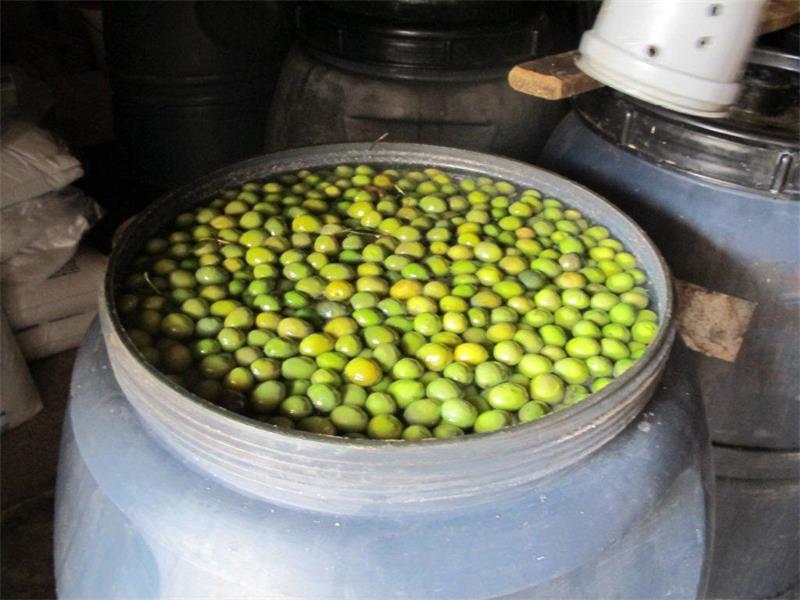 Olives processing, Island of Hvar 2011. Melanija Belaj/Marina Blagaić
Olives processing, Island of Hvar 2011. Melanija Belaj/Marina Blagaić
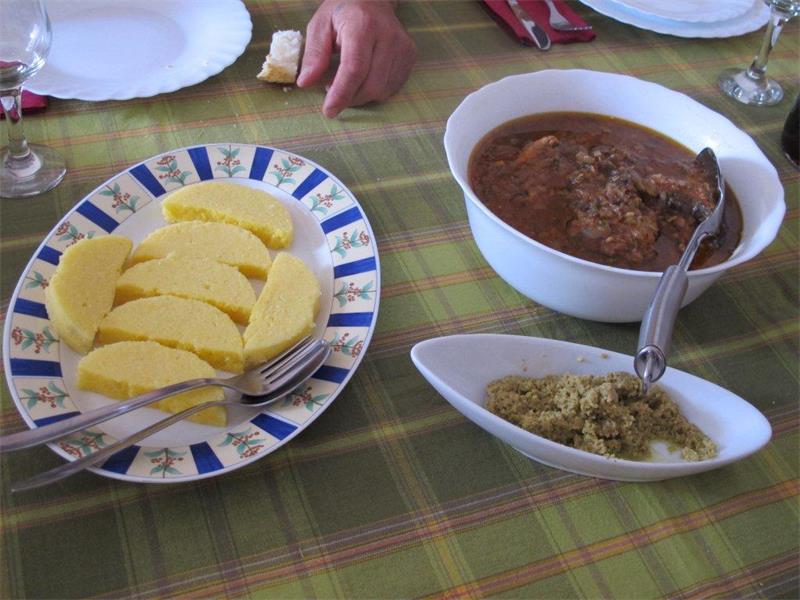 Family lunch, Island of Hvar 2011. Melanija Belaj/Marina Blagaić
Family lunch, Island of Hvar 2011. Melanija Belaj/Marina Blagaić
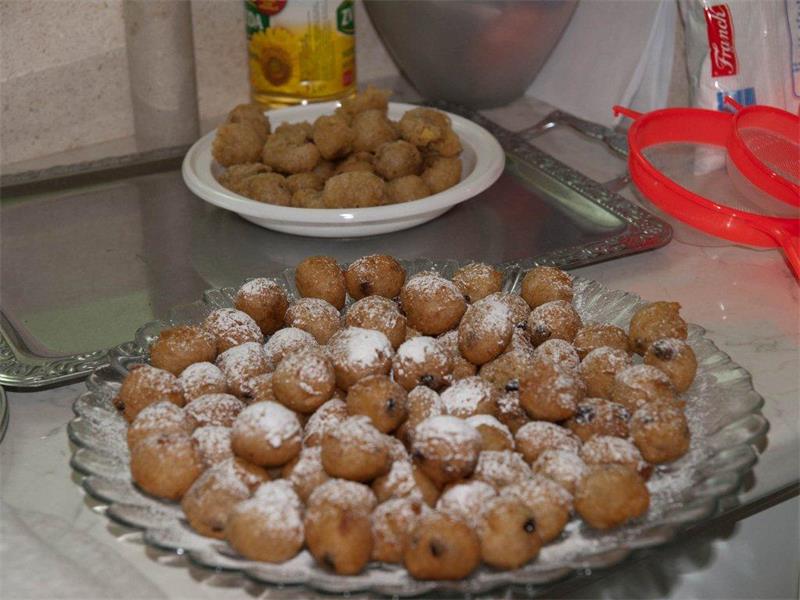 Fritule, Island of Brač 2011. Melanija Belaj/Marina Blagaić
Fritule, Island of Brač 2011. Melanija Belaj/Marina Blagaić






